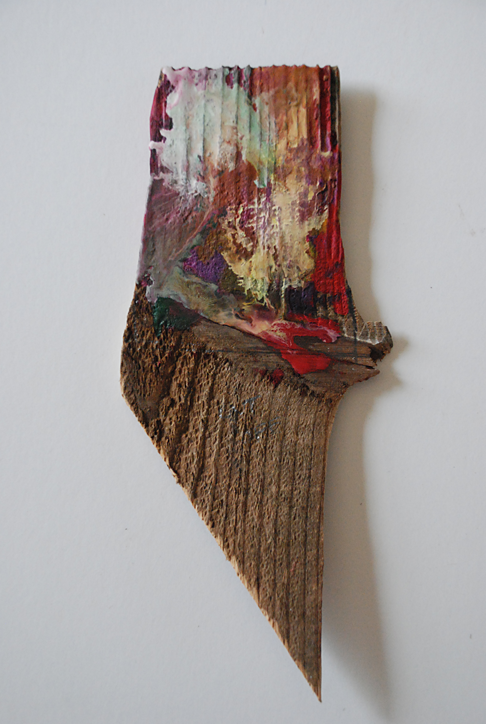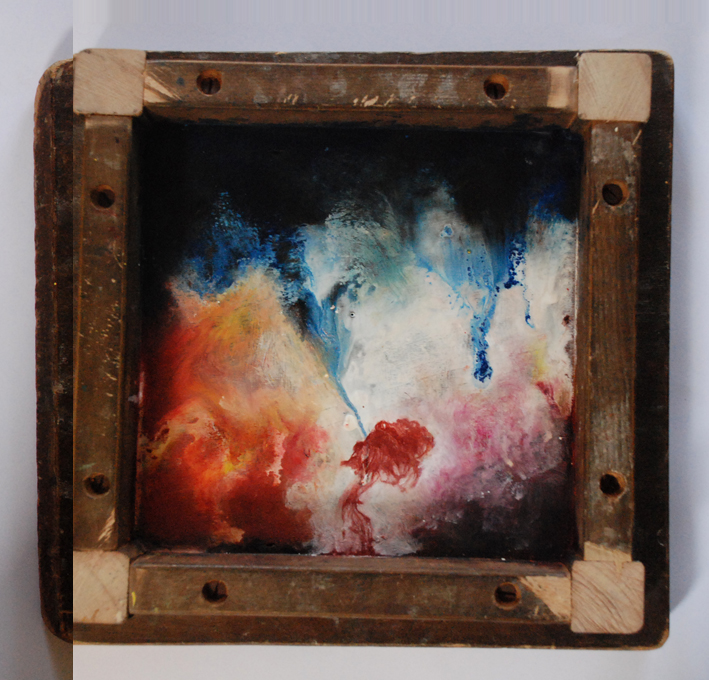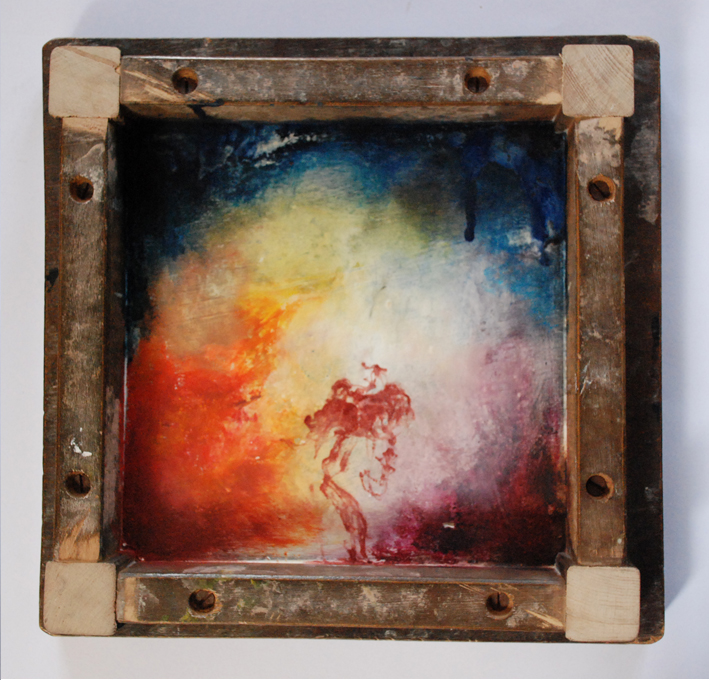 This is an extract from my final exam work (module 7) for my A-level Fine art course, sat in May of this year. There was a lot of experimentations and preparation I did for this project, and it become my favourite, most enjoyable of the lot. I'd never worked with pigmented beeswax before, let alone, combining it with oil paint and other media, so it took me to untouched territory which is kind of what I wanted. I wanted to try something completely different from what I've done before, and this was a good opportunity (though my art teachers were both really worried at first, when I told them what I was going to do :p).
This is an extract from my final exam work (module 7) for my A-level Fine art course, sat in May of this year. There was a lot of experimentations and preparation I did for this project, and it become my favourite, most enjoyable of the lot. I'd never worked with pigmented beeswax before, let alone, combining it with oil paint and other media, so it took me to untouched territory which is kind of what I wanted. I wanted to try something completely different from what I've done before, and this was a good opportunity (though my art teachers were both really worried at first, when I told them what I was going to do :p).This is one of the test pieces I did as part of the preliminary work for the exam. However, this is only pigmented beeswax on a clear undercoat on top of an old wooden bit I found and decided to use for my canvas. Tools used was a very powerful heat gun, a blow-dryer and some poor quality paint brushes.
This led me to my final work which was a sequence of three paintings on the backside of some old 60's wooden stools that I found in the old art shed and cut off the legs from. I've already written a detailed description of the work, so I'll quote that bellow.
"The topic I chose for this exam project was ‘tranormation’. I began by exploring various directions with the title, from observing and studying the transformation of an origami bird (a 3-dimentional form) from a flat, 2-dimentional piece of paper (transforming in shape, dimension and appearance) to the transformation of meaning, purpose and use using an old keyboard, to exploring the ways in which smoke transforms in air and ink, food colouring, brusho, etc. transforms in liquid. For each I took several photographs and produced a number of observation drawings capturing the processes and sequence involved. I later went on to experiment with pigmented beeswax on wooden panels and enjoyed how the outcomes themselves proved to be a transformation, with the paint constantly being transformed on the surface, when in its liquid state, to create the final piece.



For my final piece (above) I decided to use the under parts of three old wooden stools lying around in the shed. These were to be used as wooden panels for my sequence work. To prime it I heated the surface and then added a layer of plain beeswax, and then coated it with another layer consisting of white pigmented beeswax, whilst blowing it around. I used the shapes and direction of this layer to guide the direction of the background that was going to be applied to it using other pigmented beeswax, heated oil pastels and oil paint. I wanted to create a very lively, very vivid background full of energy with more pale and subtle colours towards the central region, where I was going to paint the main subject i.e. the red liquid transformation.
The final piece was not only a depiction of a transformation, but the techniques used, by rubbing the layers with tissue paper, blowing and pushing the beeswax, oil paint and oil pastels around made the technique itself a transformation as well. This is the main reason why I decided to use these techniques for my exam piece, but also because I felt it added more of a character to it. Additionally, the stool’s purpose has also been transformed, from being a stationary object for sitting on, to its use as a canvas."

No comments:
Post a Comment